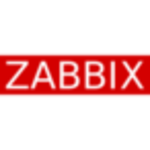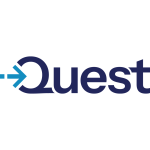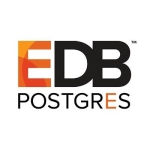I think what I really like in this product is that DBAs and my management development team don’t have to sit and manually write queries.
It has a graphical interface, which makes it handy for you to monitor the databases and that is the most useful feature.
You can manage many databases at the same time.
You don't have to write ad-hoc queries. Initially, my DBAs used to write scripts which were manual. So, running the scripts, writing them and trying to figure out what we want to monitor was a very difficult process. With OEM, you have all of this in the inbuilt interface, which really helped them in adding new databases in the main that we must monitor.
As the number of databases increased, it was fast for us to start monitoring them as well.
One of the big problems we had was using Data Guard along with OEM; it just didn’t work (Data Guard is a local higher level solution). Every time we did a takeover, it would stop working, so that was the biggest challenge we had. I think that this has been probably fixed in Oracle Enterprise Manager Cloud Control 13c.
We had issues in terms of stability. Some of the functionalities, which we were looking for, were not available. It's not that it wasn't working, but it wasn't able to meet all our requirements.
Stability, as far as it was in a test environment, we did find a few issues. This was in Oracle Database 11g and it would just hang our systems. Thus, we didn't let it go to production.
We have Oracle Advanced Customer Support in our company. Using it was easy. It's just that product had a few issues in certain scenarios.
Oracle recommended it to us: "Everybody is using it out there, so use it!"
It was straightforward. We had to install a server on the database side and GUI on the client side; it was quite straightforward.
Based on our experience, if you are looking for a certain type of requirement, it would work.
The main requirement for us was stability since we run machine-critical applications.
Resiliency is really the main requirement from our side, even beyond scalability.
We run a company that provides services for banks and financial institutions, and resiliency is the most important factor, especially for a product like OEM. Security is equally important but for OEM, we don't really expose anything, so it's fine. It's more of a monitoring interface.















